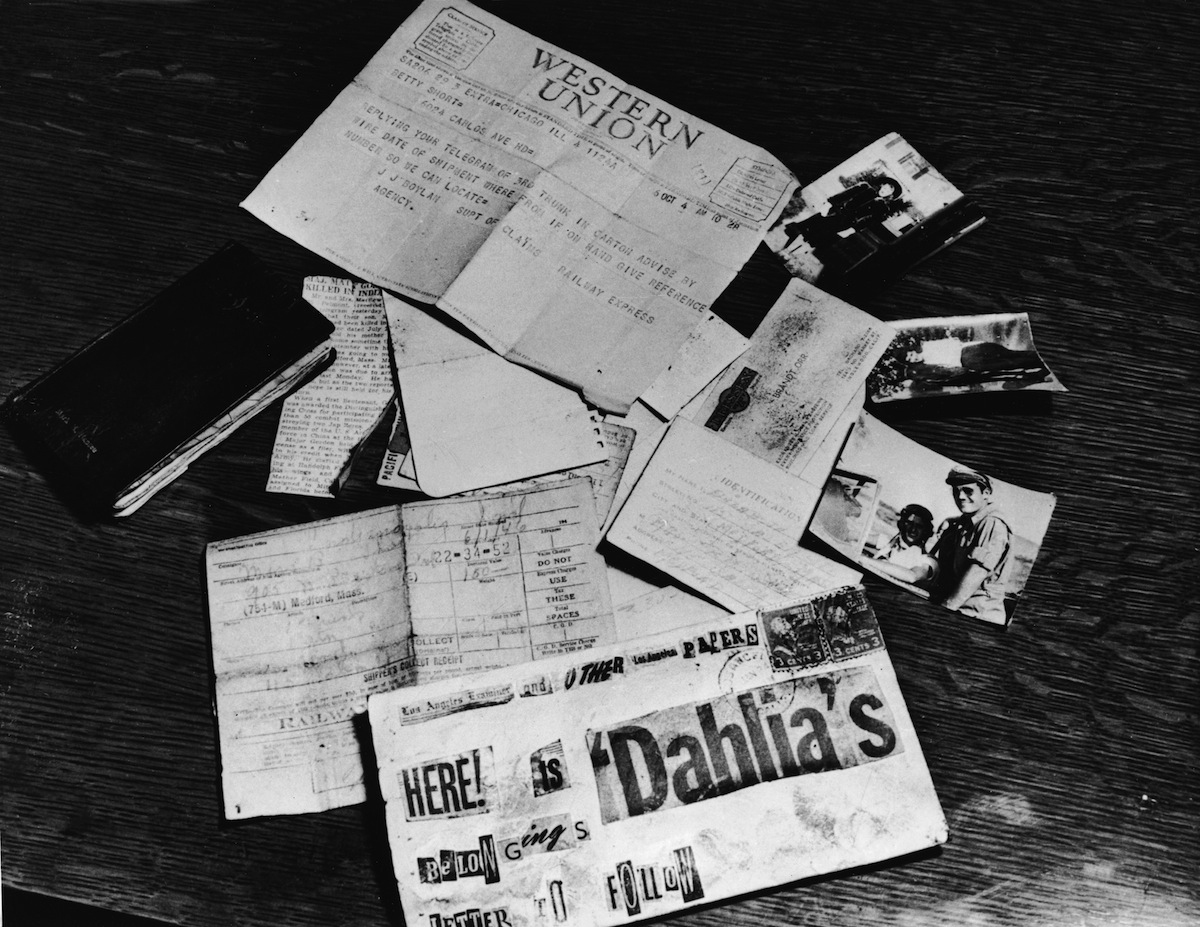
There’s never been a shortage of suspects in the Black Dahlia murder — but police have never been able to pin the crime on any of them.
After the mutilated body of 22-year-old Elizabeth Short — cut in half at the waist and drained of blood — was found in a vacant Los Angeles lot on this day, Jan. 15, in 1947, dozens of people confessed to killing the woman who newspapers dubbed “the Black Dahlia.”
It became the most sensational murder story in a city rife with sensational murders, and fame-seekers all over town wanted to play a part. Over the years, the number of people claiming responsibility grew to hundreds, most of whom detectives ruled out almost immediately.
One promising admission came a few weeks after the murder, from an Army corporal who said he had been drinking with Short in San Francisco a few days before her body was discovered — then blacked out, with no memory of his activity until he came to again in a cab outside New York’s Penn Station. (Short, an aspiring movie star, had a fondness for servicemen, according to The Black Dahlia, the James Ellroy novel based on her murder.)
Asked if he thought he had committed the murder, the corporal said yes, and became a prime suspect until evidence emerged that he had actually been on his military base the day of Short’s death.
Then there was the woman who became convinced — in 1991, after therapy chipped away at 40-year-old repressed memories — that her late father was the murderer. Police dug up the yard of her childhood home, where she believed they’d find his weapons or the remains of other victims. They did find a rusty knife, farm tools, and costume jewelry — but no evidence to tie him to the Black Dahlia case or any other murders.
Most recently, retired detective Steve Hodel landed on a suspect he believes is unquestionably the killer: his own father, the late doctor George Hodel. Soil samples taken from the doctor’s Hollywood estate in 2012 tested positive for the chemical markers for human decomposition, meaning other bodies may have been buried there.
The younger Hodel’s suspicions were raised when he found pictures of a woman he believed was the Black Dahlia among his father’s possessions; furthermore, he says the surgical accuracy with which she was cut in half and disemboweled suggests a killer with medical training — like George Hodel, who died in 1999.
While the LAPD had long considered Hodel a suspect, they’re not ready to call him the killer. According to a CBS News report that aired in 2004, George Hodel was just one among their 22 viable suspects in the Black Dahlia murder — seven of whom were doctors.
In 2006, the case inspired a movie starring Josh Hartnett, Scarlett Johansson, Aaron Eckhart, Hilary Swank and Mia Kirshner, as Elizabeth Short. “The likelihood is that this was one of those dreadful crimes that emerge from the psychopathic minds and was in no way motivated by general social conditions or, indeed, by anything—other than perhaps a chance encounter—that was deeply woven into poor Betty Short’s brief, sad, agonizingly ended life,” noted critic Richard Schickel. “In that sense it is both the perfect crime and the perfect subject for realistically rendered, but fantastically imagined crime fictions.”
Read TIME’s 2006 review of the movie based on the case: The Black Dahlia
More Must-Reads from TIME
- Donald Trump Is TIME's 2024 Person of the Year
- Why We Chose Trump as Person of the Year
- Is Intermittent Fasting Good or Bad for You?
- The 100 Must-Read Books of 2024
- The 20 Best Christmas TV Episodes
- Column: If Optimism Feels Ridiculous Now, Try Hope
- The Future of Climate Action Is Trade Policy
- Merle Bombardieri Is Helping People Make the Baby Decision
Contact us at letters@time.com